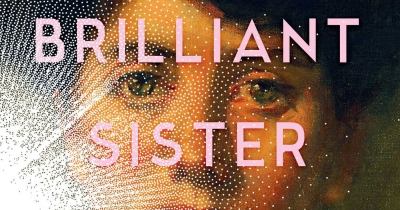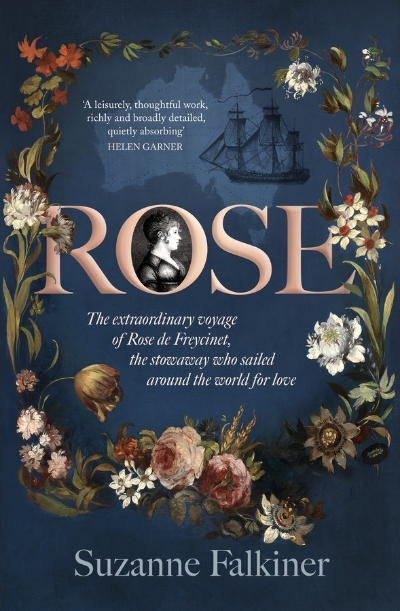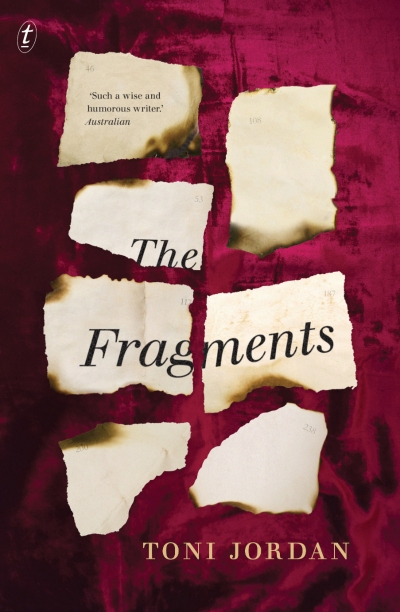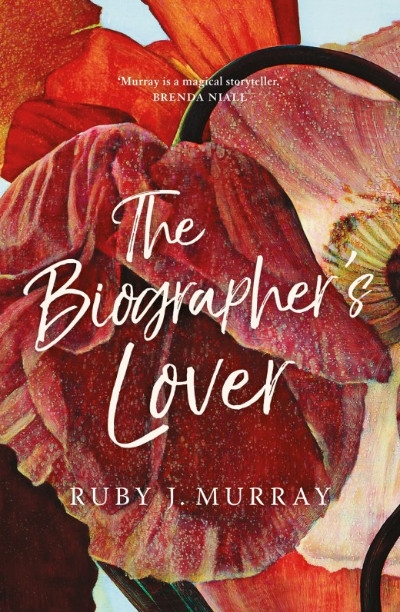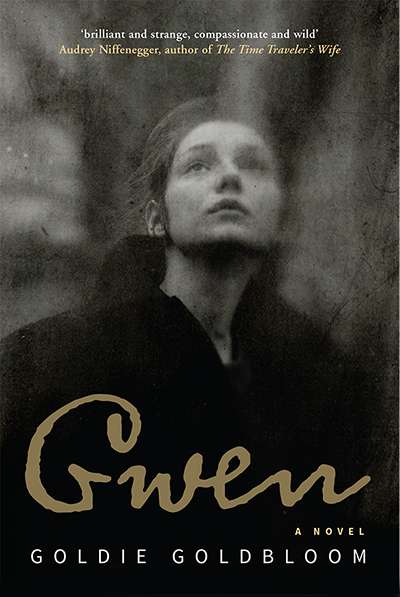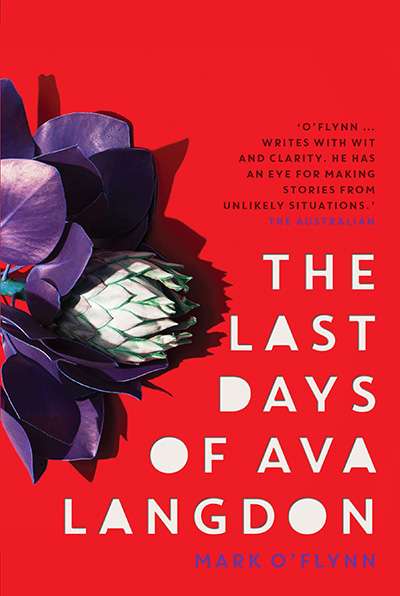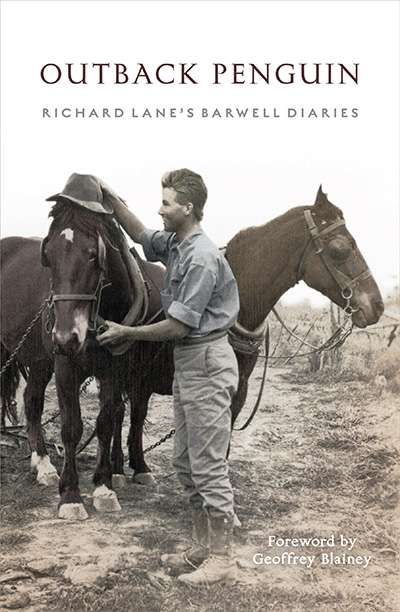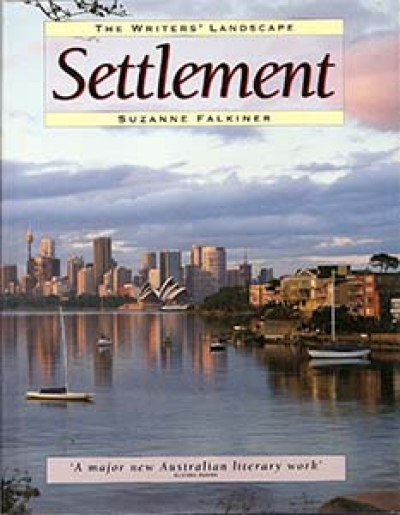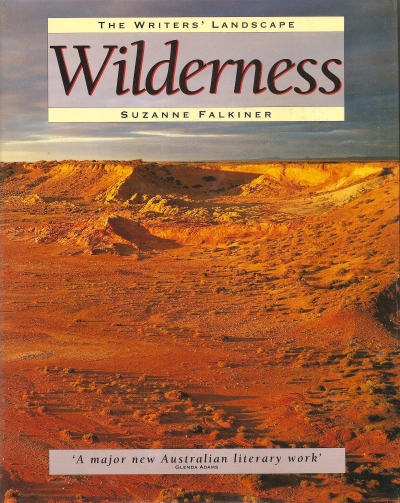Suzanne Falkiner
Rose: The extraordinary voyage of Rose de Freycinet, the stowaway who sailed around the world for love by Suzanne Falkiner
by Danielle Clode •
Outback Penguin: Richard Lane’s Barwell Diaries edited by Elizabeth Lane et al.
by Suzanne Falkiner •
The port of Old Harwich can be approached by a streamlined highway through a barren industrial landscape, or via the high street through suburban Dovercourt. Either way, you keep going until you reach the sea: 'and if you get your feet wet, you've gone too far', they'll say when you ask directions. Finally, you reach an enclave of narrow streets lined by small cotta ...
Wilderness: The writer’s landscape, volume I by Suzanne Falkiner
by David Tacey •

